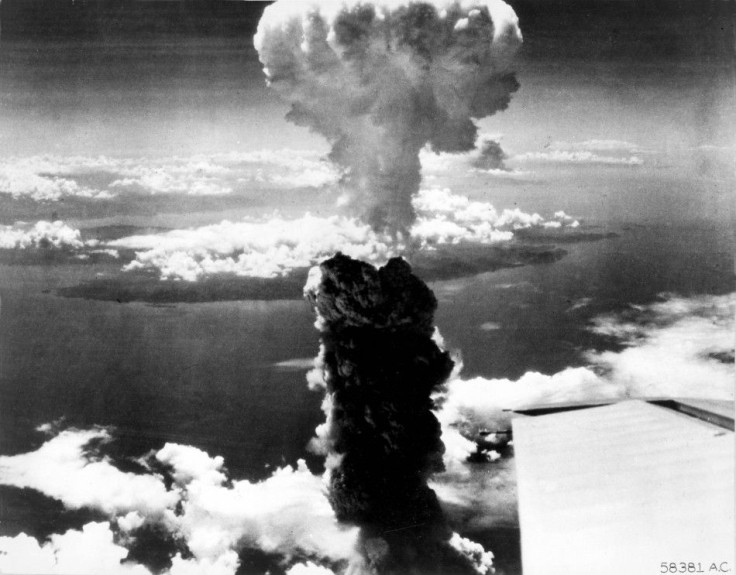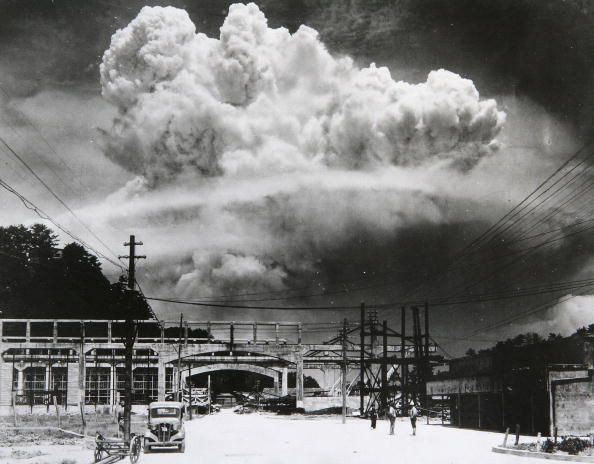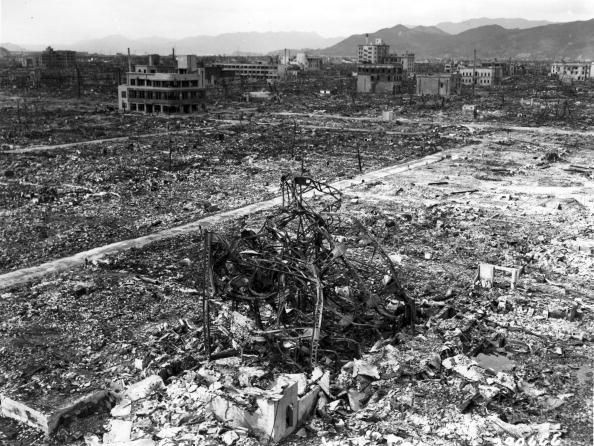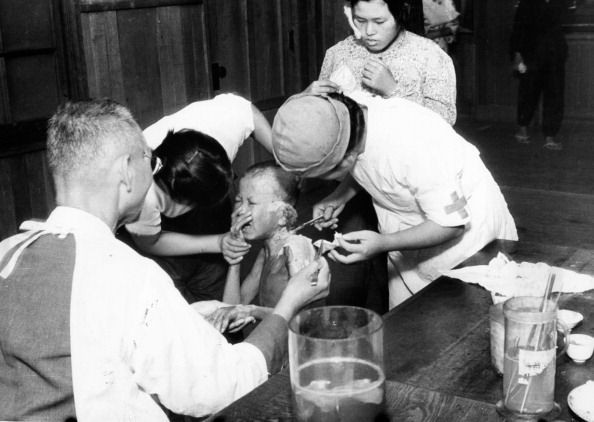Nagasaki Bombing Anniversary: Facts, Photos On Atomic Bombing Of Japanese City

Aug. 9 this year marks the 72nd anniversary of the atomic bombing of the Japanese city of Nagasaki by the U.S. during World War II. The country commemorated the day by observing a minute's silence in memory of the victims at 11.02 am JST (10.02 pm EDT), the exact moment when the bomb was dropped in 1945, said the Washington Post. Thousands gathered for the commemoration in Nagasaki Wednesday.
The ceremony was conducted amid an increasing threat of a nuclear attack by North Korea and was attended by Prime Minister Shinzo Abe, Nagasaki Mayor Tomihisa Taue and survivors of the bombing.
Read: Disturbing Photos Of Abducted Model Chloe Ayling Released With Dark Web Advert
Speaking on the occasion, Taue said: "As the only country in the world to have suffered wartime atomic bombings, I urge the Japanese government to reconsider the policy of relying on the nuclear umbrella and to join the Nuclear Prohibition Treaty at the earliest possible opportunity," SBS reported.
Here are some facts about the deadly bombing that claimed thousands of lives and marred even more:
- According to History.com, the attack that marked the last major act of World War II killed an estimated 74,000 people by the end of 1945. This and the bombing of Hiroshima on Aug. 6, crippled Japan, leading to its unconditional surrender on Aug. 15, 1945.
- However, Nagasaki was not the U.S.’ primary target. History.com states the three potential targets that were considered for a second bombing were Kokura, Kyoto, and Niigata. Nagasaki was included in the list after Kyoto was withdrawn as Secretary of War Henry Stimson asked for it to be taken off because he had been there on his honeymoon — as legend has it.
- The second bombing was scheduled to take place on Aug.11 against Kokura. But the plan was advanced by two days due to bad weather. After the fuel ran low in the plane carrying the bomb, it was decided that the bomb would be dropped on Nagasaki.
- The atomic bomb used on Nagasaki was called “Fat Man” and was named after Sydney Greenstreet’s character in the film the “Maltese Falcon.” It was a uranium gun-type atomic bomb.
- A policeman from Hiroshima went to Nagasaki after the first attack and introduced the "duck and cover" method which could be used as personal protection during a nuclear explosion. As a result of this, no policemen of Nagasaki died during the bombing. The public, however, was not aware of the method.
- Tsutomu Yamaguchi is the first officially recognized survivor of both the bombings. He lived and worked in Nagasaki but was in Hiroshima on a business trip. He was 1.8 miles away from the city when "Little Boy" hit Hiroshima on Aug. 6. He suffered severe burns in the explosion which also ruptured his eardrums. He returned to Nagasaki to report to work on Aug. 9 and was 1.8 miles away from the city when "Fat Man" hit the city. He remained unhurt the second time.
Read: Who Is James J. Hamula? Mormon Church Excommunicates Top Leader



© Copyright IBTimes 2024. All rights reserved.





















